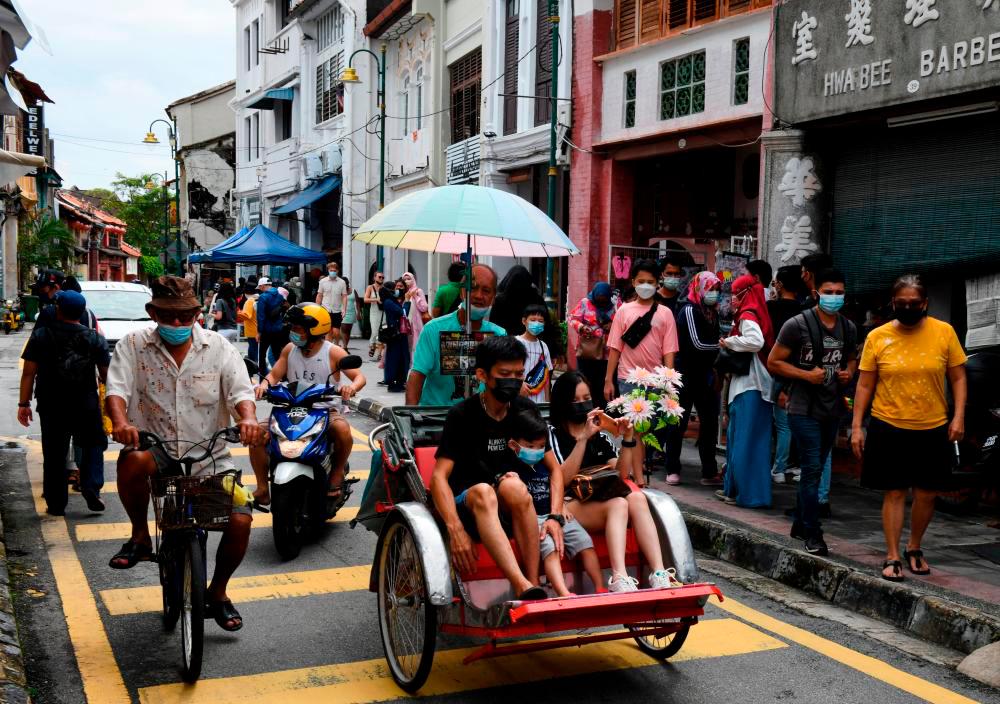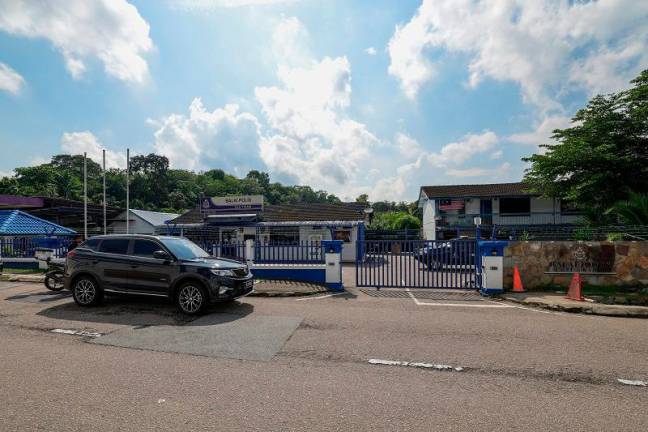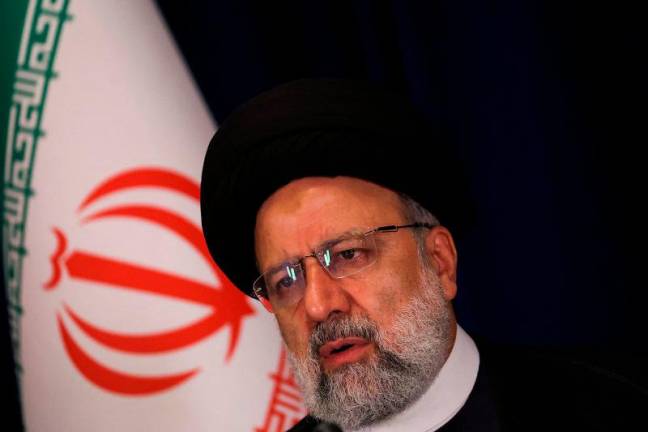INSTEAD of looking for substantive facts and figures, the answer can easily be found in the presence, or absence, of sightseeing tours with daily departures using tour buses, with tourist guides at major cities and popular destinations.
These half-day or full-day excursions allow visitors to join by paying a tour fare to occupy a seat on a tour bus or van for sightseeing in and around the city or destination. In places where there are none, tourism is still in its infancy.
More than half a century ago, such sightseeing bus tours were already operating daily in Kuala Lumpur and Penang.
But until today, they are hardly found in other cities or destinations.
Likewise, tourism in Malaysia is still in its infancy as long as there are no daily departures for tourists to travel from one city to another on overland tours in a tour bus with a tourist guide.
Even with a network of highways crisscrossing peninsular Malaysia for decades, tour operators are not offering daily overland bus tours that connect all major cities and holiday destinations.
It would be too expensive for most individuals, families, or small groups to charter a car or van for a private tour to explore peninsular Malaysia, or even just to travel from one city to another.
Doing so would be similar to chartering a light aircraft to fly to major cities or resort islands instead of travelling by regularly scheduled flights that have been operating over the past decades.
The costs of renting self-drive cars to cover long distances can also be high.
Apart from rental, petrol, toll and parking charges, drivers risk traffic fines and repair costs for damage due to collisions.
The only affordable way is to ride in express buses. But it can be inconvenient for passengers with luggage to board a bus at many of our bus stations and a hassle to leave on arrival.
Whereas if tour buses are used, their normal departure and arrival points would be at hotels strategically located in cities, where passengers could wait in comfort and safety.
Apart from the Travel and Tours Enhancement Course, that is compulsory for tour operators to attend to renew their business licences, I also conduct the Travel and Tours Management Course that successful applicants must attend before new business licences are issued to them.
Regardless of whether they have decades of experience or are new in the travel trade, almost all of them have something in common.
They offer more or less the same products, much like those selling nasi lemak.
As existing tour operators lack the vision and courage to offer intercity bus tours with daily departures, there is a great opportunity for a newcomer to play a leading role in the local tourism industry and gain global fame simultaneously.
All it requires is an investment of 18 tour buses, the development of an app for online marketing and reservation, and sponsorship for dozens of fresh graduates to be trained as excursion bus drivers and tourist guides.
The service could kick off with daily departures from eight cities or destinations: Kuala Lumpur, Cameron Highlands, Ipoh, Penang, Kota Baru, Kuantan, Johor Baru and Malacca.
There shall be two scheduled departures from each city every morning. One runs in a clockwise direction and the other anticlockwise.
Both will eventually complete an entire circuit around peninsular Malaysia.
The logistics will allow tourists wishing to visit just one destination to backtrack and return to the city of origin. And passengers could choose to stay any number of nights at any destination.
They could also commence their tour from any city, complete a full circuit by visiting all eight cities or shorten it by covering half the circuitous route.
This would be made possible with an additional tour bus departing daily from Kuala Lumpur to Kuantan, and another tour bus running in the opposite direction.
After the morning intercity runs, all 16 tour buses will be utilised for local sightseeing tours in the afternoon, including shopping stops where prices are not jacked up to pay for commissions.
In one swift stroke, any company that operates intercity bus tours from eight cities would also offer daily sightseeing tours that anyone can join, including guests from many hotels.
In Kuala Lumpur and Kuantan, two half-day sightseeing tours could be offered daily with one in the morning and the other in the afternoon.
Buses heading for Kuala Lumpur and Kuantan could depart after lunch after being used for local sightseeing in the morning.
Operating 18 city sightseeing and overland tours daily would certainly put Malaysia on the world map for tourists looking for great road journeys to fully explore a city or country.
More tourists would be able to afford to travel to any of the eight cities, plan their schedules and stay at any destination for as long as they like at any participating hotel or private accommodation.
Apart from earning commissions from shopping outlets that do not charge higher prices for passengers brought there by tour buses, tour operators could also profit from the sale of guest rooms. The occupancy of hotels will rise with the daily check-ins of tour bus passengers.
With a large captive audience in the morning and afternoon inside tour buses, it would be a great opportunity for onboard merchandising of goods, such as souvenirs and a variety of “Made in Malaysia” products and services such as medical tourism and Malaysia My Second Home.
Such “Around Peninsular Malaysia” (APM) tours would appeal greatly to “Free Independent Travellers”, as the cost of road transport would be much lower when shared with others on a per-seat basis, without having to pay for chartering the whole vehicle.
And they are not stuck with a particular tour group from the very beginning right to the end of a trip lasting many days, which could be spoiled by one or two uncouth tour members.
With regular live streaming to loved ones back home, even the infirm, aged, retirees or school children from all over the world can travel safely on their own in these APM tours, which would easily be recognised as the most iconic product that best defines touring in Malaysia.
The new breed of tourist guides would also be trained as drone pilots to capture sceneries that could not be seen from a low level and provide security cover while tourists are on the ground.
If tourism promotions are limited to highlighting the various attractions but without showing visitors how to get there conveniently and affordably, it would be like showcasing the raw ingredients of our culinary delights that cannot be consumed until they are cooked.
Hence, promoting a great variety of destinations alone is similar to having a well-stocked kitchen but without any cooks.
Therefore, the operator of the APM tour would be like a master chef serving endless gourmet dishes that could be enjoyed by an endless stream of customers.
Only then we can claim that our tourism industry is reaching maturity.
But without facilitating tourists to explore our country and enjoy their stay to the fullest, our tourism is still in its infancy.
YS Chan is the master trainer for Mesra Malaysia and Travel and Tours Enhancement Course and an Asean Tourism Master Trainer. He is also a tourism and transport business consultant. Comments: letters@thesundaily.com










